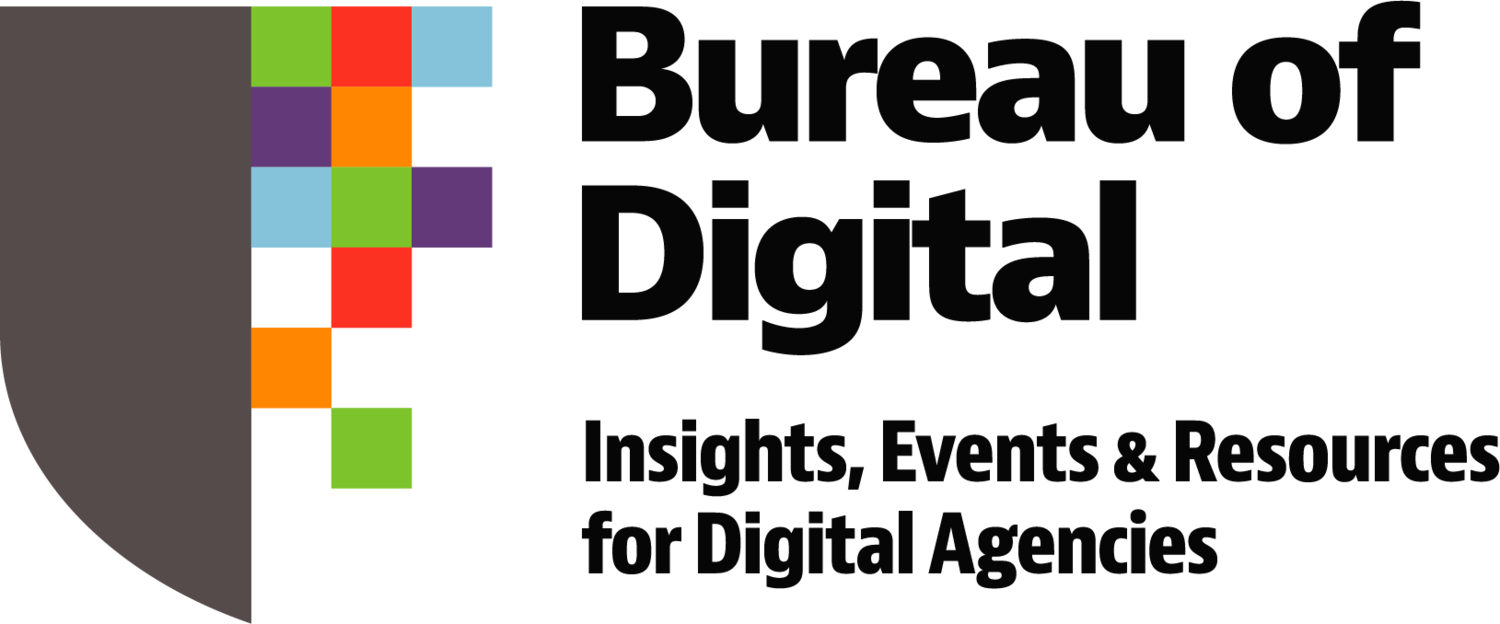How are you on this fine day? You look amazing! Have you been working out? New hair cut? Oh, right, this is a blog post. Let's get to it!
Based on recent conversations in the community, a lot of agencies are seeing their internal roles and team structures shifting a little. Fewer people, tighter budgets, and changing needs have more project managers stepping into account management roles. But as lines blur, one key question keeps popping up: Who really owns the client relationship? Read on... if you dare!
Blended Roles, Clear Comms, Stronger Bonds
So who owns the client relationship these days?
In many shops, the answer isn’t simple. Project managers are taking on more responsibility, juggling timelines while also keeping clients informed and confident. For many teams, this hybrid PM/AM role has become the default. Clients often appreciate a single point of contact, especially when that person is consistent from kickoff to launch. It builds trust, minimizes confusion, and keeps momentum going.
Still, not every project or client needs the same approach. Some agencies assign relationship ownership based on the project type or internal structure. Maybe a strategist holds the reins. Maybe it’s a creative lead or even the founder. As always, there’s no one right way. What matters is that the decision is made intentionally and communicated clearly.
Once roles are set, maintaining the relationship means showing up in the right ways. That includes weekly status updates to stay aligned, quick check-ins for clients who like to keep it brief, and quarterly reviews to reflect and adjust. It also means respecting the client’s time. Too many meetings or unnecessary approvals can wear down even the most engaged partner.
Strong relationships grow from more than just consistent communication. They thrive when you make space for feedback and act on it. They get stronger when you personalize your approach based on how each client works. Sharing relevant insights, industry trends, or ideas that go beyond the immediate project helps position you as a long-term partner, not just a vendor. And sometimes, being flexible and adjusting your approach based on client needs can be the most valuable thing you offer.
What ties it all together is clarity. From the beginning of the project, everyone on the team and the client side should know who’s responsible for what, how updates will be shared, and what success looks like. That clarity removes friction and keeps things moving even when the work gets complicated.
We all know that no project runs perfectly. Mistakes and surprises happen. What matters most is being able to spot them early and guide things back on track. You don’t need to have all the answers right away. You just need to lead with confidence, curiosity, and the kind of communication that makes clients feel like they’re in good hands. A little humor can help, too.

